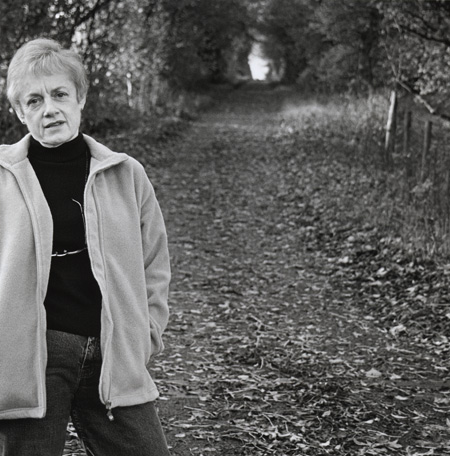| I
was a social worker in Birmingham before I took early retirement and
moved to Shropshire in 1998. When we came here I became secretary of
our local history group and I have since become fascinated by the history
of the hill.
We know there was medieval mining on the summit because there’s
one reference to the Prior of Much Wenlock giving someone a license
to dig coal as early the 14th century. The whole hill was thickly wooded
in the Middle Ages – it was a royal hunting forest. Only the eastern
side is wooded now.
I walk up the hill once or twice a month. Getting to the top makes you
feel really exhilarated; there’s so much of awe and beauty up
there. You can’t walk anywhere without seeing bell-pits from medieval
and later coal-mining, remains of quarrying, even plants that provide
evidence of the hill’s earlier history.
I can understand people who say it can be eerie on the hill, with all
the gaunt ruins on top and the conifer plantations on the eastern side.
You peer into these plantations and it’s dark – there’s
nothing underneath the trees, and very few birds that you can hear.
But you have to see the hill for what it is. There’s one track
we often walk down through the conifers, and all the way down there
is dhustone from the quarries that has just been dumped there. I like
to think of people coming down this route in Victorian times or later,
dropping this stone off as they went, perhaps to make the heavy wagons
more manoeuvrable or to stop them slipping on the steep and sometimes
boggy slope.
The two Clee Hills, Brown Clee and Titterstone, are very different,
even though they are next to one another, have the same geology and
a very similar industrial history. The summit of Brown Clee seems somehow
cut off and remote from the surrounding villages, which are all medieval
in origin.
On Titterstone the houses where the workers lived are much more a part
of the hill – they are there because of the industry, and they
are much higher up the slope. On Brown Clee industrial history
has become archaeology, but on Titterstone, at least on some parts of
it, it is still everyday
working life.
A lot of the difference between the hills is probably to do with the
landowners. The owners of Brown Clee were always as interested in hunting,
forestry and agriculture as they were in mining and quarrying. One gets
the impression that the people who had Titterstone quarry were simply
there to exploit the quarry – building a massive railway from
Ludlow, along with their other heavy
investments.
Lord Boyne,
on Brown Clee, surrounded his big house at the bottom of the hill with
beautiful gardens and built carriage drives around the hill, even after
the incline railway was built to the quarries. One gets the feeling
that carriage drives would not have been quite so important on Titterstone.
|
